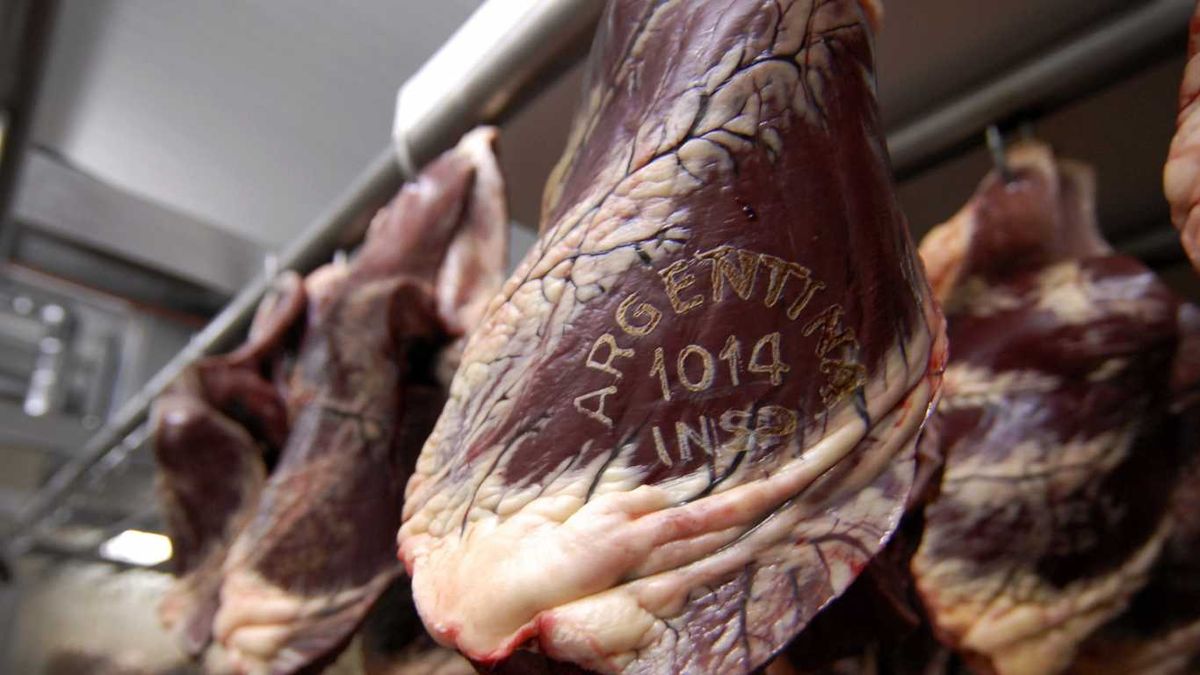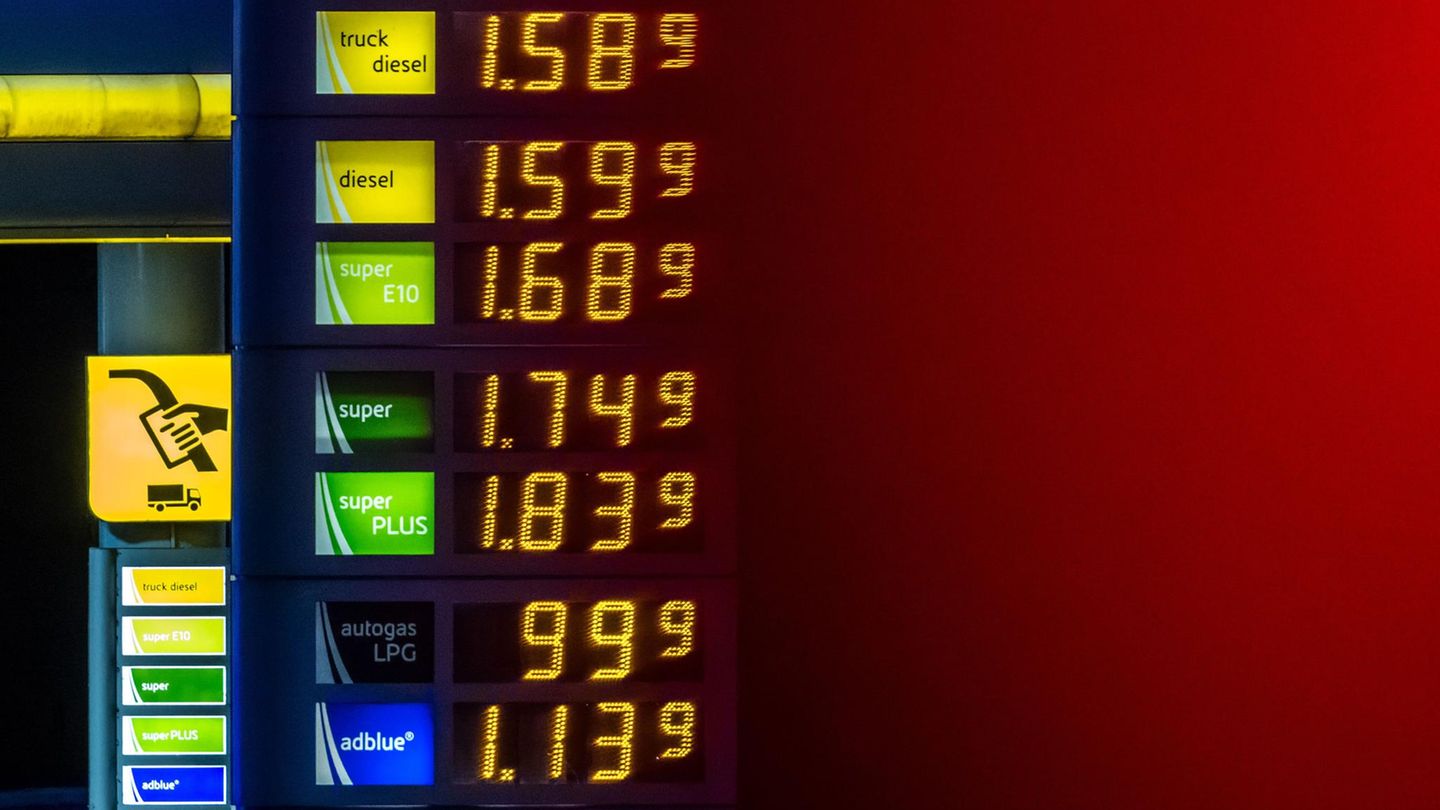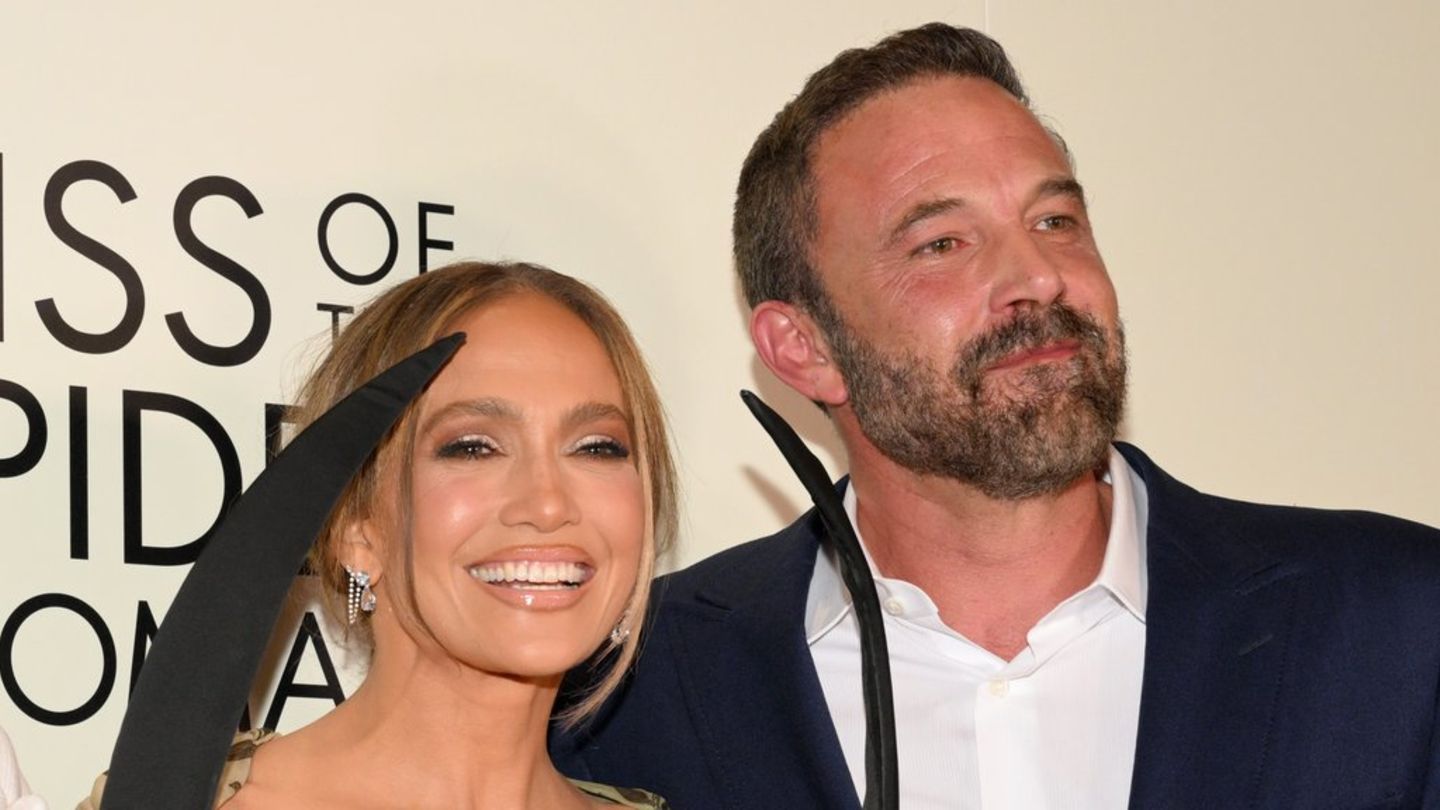At the other end of the chain, the livestock producer also has conditions. The weather hit a large part of the rodeos squarely and the supply of meat will be -once again- limited, far from the Government’s plans in which a growth scenario could be glimpsed.
The Agriculture Minister himself, Julián Domínguez, acknowledged that the country “is going to have less supply of meat” due to the impact of the drought and fires in much of the northeast. It is that the provinces that were most affected by the fire contemplate about 35% of the breeding cows.
María Julia Aiassa, Rosgan livestock analyst, assured in a dialogue with Ámbito that the damage to livestock activity due to climate issues is irreversible, because the last stage of reproductive services was cut. The specialist highlighted that “there were abortions, little retention of these services and that will impact the pregnancy rate this year, that is, in the calvings of 2022 and in the calf harvest of 2023. We are going to have a short and long-term impact term”.
Aiassa specified that “this year the consequence will be the loss of kilos gained, because there is a lot of property that came out early. The winter comes out lighter, thinner and it will cost a lot to bring it to a good finish, even more so with the cost of the grains. And for next year, the impact will come from lower calf production.”
In productive terms, what is expected for next year is the picture we are experiencing today, as a result of the climatic complications of 2021. According to Aiassa, “there will be two years of restricted supply and the biggest limitation will be the completion of the farm . What is expected for this year is once again a delay in production, potholes in supply and fewer kilos of beef finishing.”
Less supply indicates a potential price increase and that is precisely what happened in the first two months of the year. Only in February there was an increase of 9.3% on average in the value of the property, according to the Liniers General Market Index. The live kilo average left behind the $205.9 of the month of January and closed February with $235.08. However, within the categories that make up the index, steers, steers and heifers registered increases of 14.5%, 13.6% and 12.1% respectively, while in cows the adjustments were more moderate and were around at 6.3% per month. In other words, quality was rewarded.
According to Miguel Schiariti, president of the Chamber of Industry and Commerce of Meat (CICCRA), “the increase in livestock that has been taking place is reaching its peak.” And he explained: “The purchasing power of the salary makes it very difficult to sell in butcher shops, which is why less is being slaughtered. In addition, fewer well-finished animals are slaughtered because there is a sector of the industry that began to replace the well-finished steer or heifers with good cows. This replacement has to do with the difference in prices for sale in butcher shops. A good cow, fairly defatted, allows the roast or a ball of loin or a vacuum to be sold 20% cheaper. This is being installed in certain areas of the GBA where purchasing power is lower and people do not have access to the purchase of food products, much less meat”.
To the complex situation at the local level, we must add the international context, which for now only proposes a new cycle of inflationary pressure on food. The rise in prices of the main commodities, which began to be observed in 2021, could continue this year and put more pressure on the livestock business. In this scenario, beef would become a luxury good, as is the case in much of the world.
Source: Ambito
David William is a talented author who has made a name for himself in the world of writing. He is a professional author who writes on a wide range of topics, from general interest to opinion news. David is currently working as a writer at 24 hours worlds where he brings his unique perspective and in-depth research to his articles, making them both informative and engaging.




